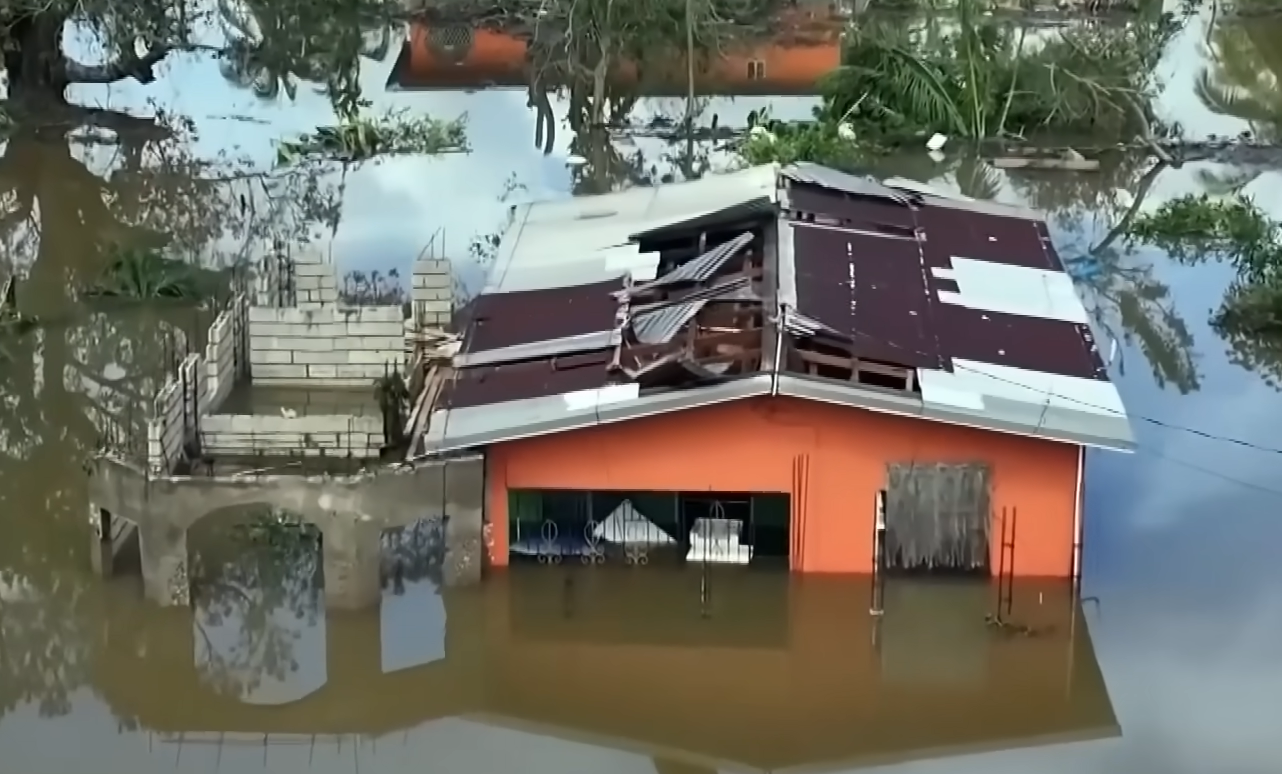Hurricane Melissa made landfall in Jamaica on October 28, 2025, as a catastrophic Category 5 storm—the strongest in the nation’s history—causing widespread destruction, flooding, and loss of life.
Here’s a detailed overview of the devastation and aftermath:
🌀 Hurricane Melissa’s Impact
Landfall Location & Strength: Melissa struck near New Hope on Jamaica’s southwestern coast with sustained winds of 185 mph, tying the record for the strongest landfall in the Atlantic Basin.
Historical Significance: It is the first Category 5 hurricane ever recorded in Jamaica and among the most powerful October hurricanes in Atlantic history.
Widespread Damage: Satellite imagery shows extensive destruction across western Jamaica, with entire communities left unrecognizable. Roofs were torn off, trees uprooted, and roads blocked by debris and boulders.
🚨 Human Toll and Emergency Response
Casualties: Initial estimates report dozens of deaths across Jamaica and neighboring Haiti.
Infrastructure Damage: Three major hospitals were severely damaged, prompting emergency evacuations. Over 123 communities were impacted by flooding.
Government Action: Prime Minister Andrew Holness declared all of Jamaica a disaster area, urging citizens to seek shelter and avoid unnecessary risks.
🌊 Ongoing Threats and Forecast
After Jamaica, Melissa moved on to Cuba as a Category 4 and was later downgraded to Category 1 as it approached the Bahamas and Bermuda.
The National Hurricane Center continues to warn of dangerous winds and extreme rainfall for regions in Melissa’s path.
Jamaica was relatively well-prepared for Hurricane Melissa, activating full emergency protocols days before landfall—but the storm’s unprecedented strength still overwhelmed many systems.
Here’s a breakdown of Jamaica’s preparedness and response efforts:
🛑 Emergency Activation and Government Response
Full Emergency Operations Activated: On October 25, 2025, the Office of Disaster Preparedness and Emergency Management (ODPEM) activated the National Emergency Operations Centre at Level 3—its highest response phase.
Shelters and Communication: All Parish Emergency Operations Centres and emergency shelters were opened, and emergency contact lines were made operational across the island.
Disaster Declaration: Prime Minister Andrew Holness declared Jamaica an area under threat under the Disaster Risk Management Act, enabling rapid mobilization of resources.
🧰 Pre-Storm Precautions
Public Warnings: The Meteorological Service of Jamaica and the U.S. National Hurricane Center issued early warnings about catastrophic winds, flash flooding, and storm surge.
Community Alerts: Residents in flood-prone and low-lying areas were urged to evacuate or shelter in place, and many did seek refuge before landfall.
International Aid Coordination: Organizations like Direct Relief scaled up support ahead of the storm, leveraging existing disaster resilience programs.
⚠️ Challenges and Limitations
Communication Blackouts: Despite preparations, parts of western Jamaica experienced total communication blackouts, hampering coordination.
Infrastructure Vulnerabilities: The storm’s 185 mph winds and 13-foot storm surge overwhelmed even reinforced structures, with over half a million power outages reported.
Landslides and Blocked Roads: Landslides in areas like Santa Cruz blocked major roads, isolating communities and delaying emergency access.
Jamaica’s disaster agencies acted swiftly and decisively, but Hurricane Melissa’s record-breaking intensity exposed gaps in infrastructure resilience and emergency reach. The country’s proactive stance likely saved lives, but the scale of destruction will require long-term recovery efforts.
If you’d like, I can help you explore how Jamaica’s hurricane preparedness compares to other Caribbean nations or what improvements are being proposed post-Melissa.

 Subscribers
Subscribers
 Subscribe to News
Subscribe to News

 Donate/Subscribe
Donate/Subscribe World News & Facts
World News & Facts
 Politics and Justice
Politics and Justice
 Technology Innovation
Technology Innovation
 Top Featured Posts
Top Featured Posts





